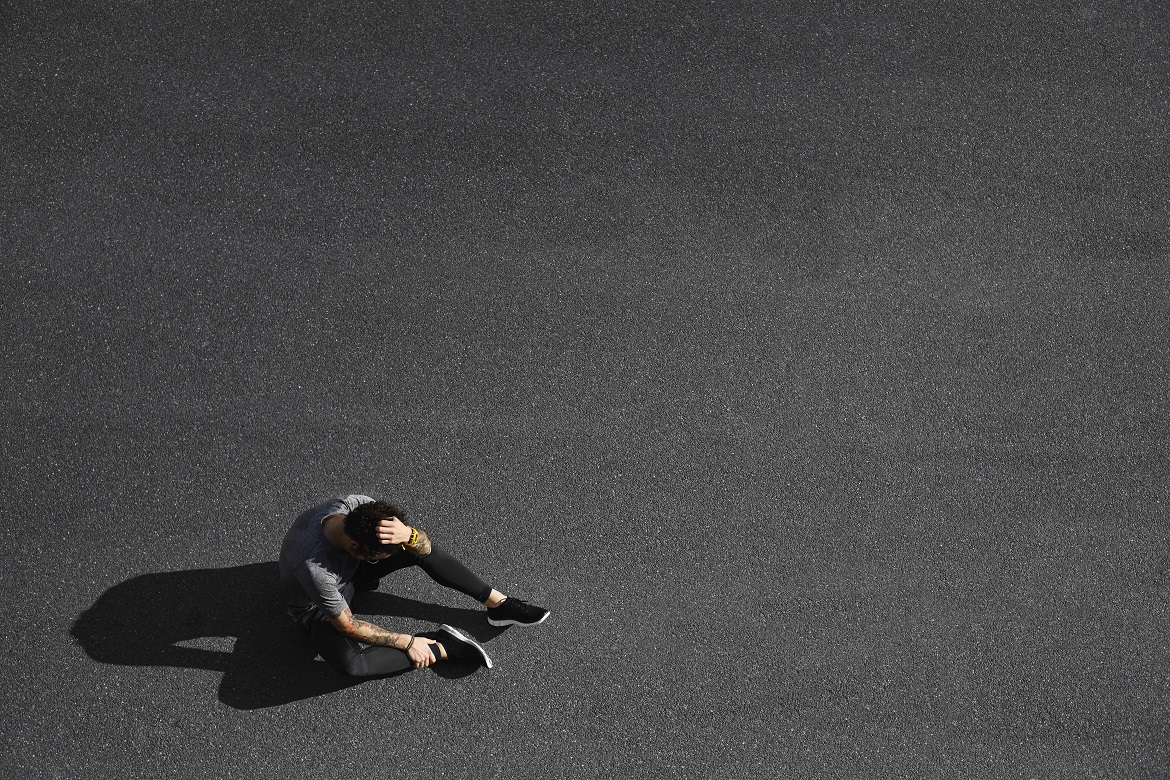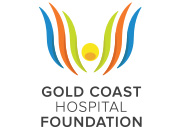1. ‘Spiking’ the training load

A sudden increase in your training load can heighten your chance of injury
I regularly observe injured runners who, when their pre-injury training history is chronicled, have had a recent sudden increase in running training volume, frequency and/or intensity. I term this sudden increases in training load ‘spikes’ in training load. Sudden training spikes are to be avoided when possible.
A personal example of how a sudden training spike in recent years negatively affected my running was when I developed a stress reaction (precursor to stress fracture) of my femoral shaft (thigh bone) in 2015. This resulted in a feeling like I had ‘torn my quadriceps muscle’. I knew I hadn’t incurred a soft tissue strain (as there was no moment of ‘tearing’). It was the week leading into a half marathon so I tapered and ran very little that week. Post-race imaging (MRI) confirmed my suspicion that I had developed a bone stress injury of my femur – a femoral shaft stress reaction. I had seen this injury professionally as a physiotherapist on rare occasions over my years of treating injured runners. My injury put me out of the 2015 Gold Coast Marathon.
On later analysis of why I developed this injury I realised that I had inadvertently ‘spiked’ my training load by running with some running friends on a series of Friday mornings at pace for 1hr 15minutes through hilly single trails. This had replaced my normal Friday morning 10km easy recovery run and, at that point in a fairly well established training pattern, it represented a ‘spike’ in load. Turns out my right femur (main braking leg for downhill corners and turns on the technical trails) didn’t appreciate this spike. Nor did I, when I missed my only marathon in 2015 due to the injury! It was frustrating as when it came to the 5 steps I outline in my book ‘You CAN Run Pain Free!’ I had successfully implemented steps 1-4, but failed on step 5 ‘The Power of Rest’. Despite the irony of having to withdraw from my year’s only marathon due to injury, after my book had hit Amazon Bestseller status, my key learning was that the 5 steps in the book really do work, however a runner needs them ‘all working at once!’.































RUNNERS. TAG YOUR PHOTOS WITH #GCM24